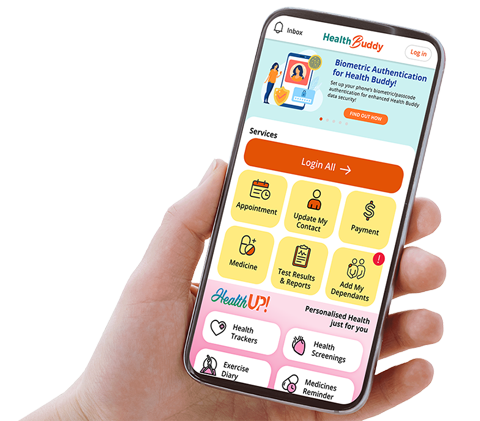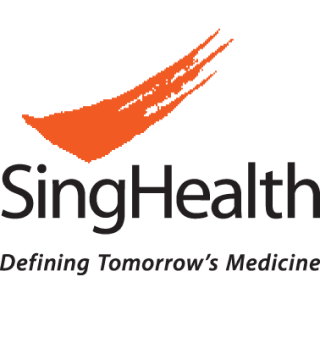What is - Port-Wine Stain / Capillary Malformations
They are usually present at birth and do not resolve spontaneously.
About three in 1,000 babies are born with a PWS. It affects boys and girls equally and do not usually run in families.
Symptoms of Port-Wine Stain / Capillary Malformations
Although they can occur on any part of the skin, they occur most commonly on the head, neck and limbs.
They can vary in size from a few millimetres to a big patch covering almost half of the face or limb.
These patches grow in proportion to the growth of the child.
Although, in the initial six months of life, there might be an apparent lightening of the initial colour, this must not be mistaken as a sign of resolution. True PWS do not resolve without treatment. With age, the colour can darken and the affected skin may become thicker and lumpy.
Uncomplicated PWS do not usually cause any symptoms. However, they can affect the quality of life of the affected individual and their family due to their appearance.
Eczema can develop over a PWS, which may become itchy or sore.
Rarely, PWS can occur in association with other abnormalities depending on the location:
- PWS occurring on the forehead or around the eye may be associated with eye abnormalities, including increased pressure (glaucoma), requiring treatment by a paediatric ophthalmologist.
- PWS on the upper face / forehead can be associated with brain abnormalities, like fits and delayed development (Sturge-Weber-Syndrome). This may require further investigations with scans or referral to a paediatric neurologist.
- PWS on the central back overlying the spine can be linked to an underlying spinal defect (spinal dysraphism). This may require referral to a paediatric neurosurgeon.
- Klippel-Trenaunay-Syndrome occurs when there is enlargement of the limb affected by the port wine stain, which may also develop enlarged deeper varicose-type veins.
Diagnosis of Port-Wine Stain / Capillary Malformations
Treatment for Port-Wine Stain / Capillary Malformations
PWS can be lightened by treatment with lasers, in particular, the pulsed dye laser (PDL). Early treatment is recommended for best results, as the baby’s skin is thinner and the PWS is relatively small and light.
Laser treatment can be performed from a few months of age and has to be repeated every twp to four weeks for at least six to eight times.
Results can vary depending on the site of the lesion and the initial colour. PWS can darken again later in life, requiring repeat treatments.
Laser treatments can be done without the use of general anaesthesia (GA) in younger babies. However, for children above 1 year of age, it is recommended for laser treatment to be performed under GA.
Post-laser, dark bruising is often observed, which can last for one to two weeks. The skin can become more sensitive to rubbing. Other possible temporary side effects include blistering and crusting. Scarring is rare.
The aim of treatment is to lighten the PWS, as it is often not possible to make it disappear completely.
The information provided is not intended as medical advice. Terms of use. Information provided by SingHealth.
Our Medical Specialists
1
2
3
4
5
Health Articles
















